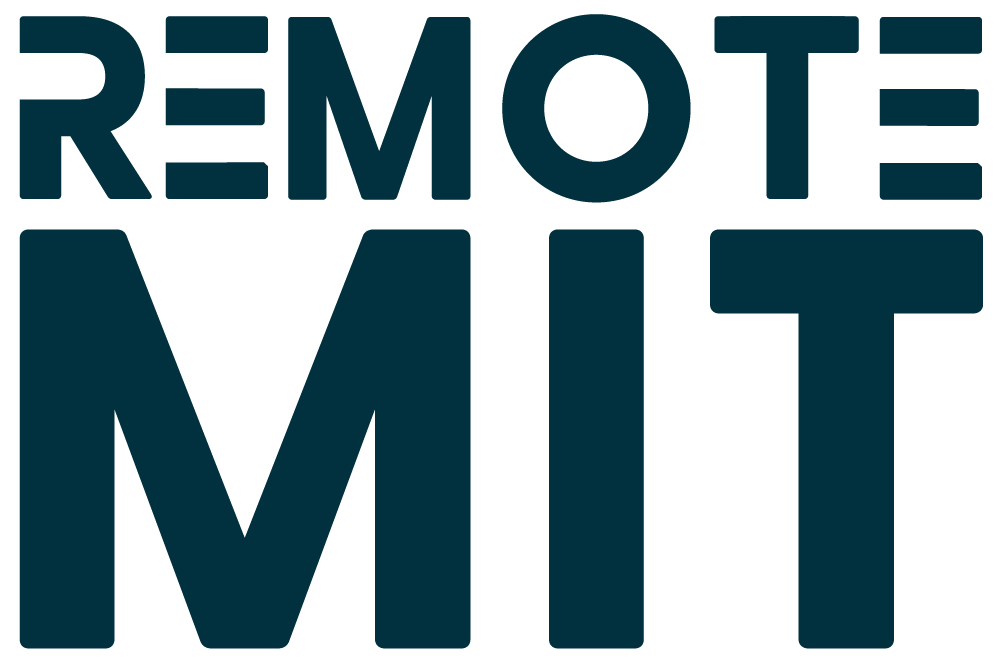IT Support
IT support, also known as technical support or helpdesk support, is a service that assists individuals or organizations with their information technology (IT) needs. The goal of IT support is to ensure the efficient and secure use of technology by addressing issues, providing guidance, and maintaining the overall functionality of IT systems. Here are key aspects of IT support:
Types of IT Support:
Helpdesk Support:
Including:
- First-Line Support (Tier 1): Initial point of contact for users, addressing common issues and providing basic troubleshooting.
- Second-Line Support (Tier 2): Handling more complex issues that require in-depth technical knowledge.
- Third-Line Support (Tier 3): Dealing with advanced technical problems and often involving specialized expertise.
On-Site Support:
Physical presence to address hardware or software issues that cannot be resolved remotely.
Remote Support:
Assistance provided over the internet, often through remote desktop tools, to troubleshoot and resolve issues on users’ computers.
Application Support:
Focused on helping users with specific software applications, resolving errors, and providing guidance on usage.
Network Support:
Dealing with issues related to network connectivity, routers, switches, and other networking equipment.
Security Support:
Addressing concerns related to cybersecurity, including antivirus software, firewalls, and access controls.
Responsibilities of IT Support:
Troubleshooting:
Identifying and resolving hardware, software, and network issues reported by users.
Installation and Configuration:
Assisting with the installation and setup of hardware, software, and peripheral devices.
User Training:
Providing guidance and training to users on the proper use of technology and software applications.
System Maintenance:
Performing typical maintenance tasks such as updating software, patches, and system optimizations.
Data Backup and Recovery:
Implementing and overseeing data backup solutions, as well as assisting with data recovery when necessary.
Security Measures:
Enforcing and educating users about security best practices, including password policies and safe browsing habits.
Communication:
Maintaining clear and effective communication with users to understand and address their IT-related issues.
Documentation:
Keeping detailed records of reported issues, resolutions, and system configurations for future reference.
Remote Monitoring:
Using monitoring tools to proactively identify and address potential issues before they impact users.
Hardware Support:
Assisting with hardware-related problems, including computers, printers, servers, and other devices.
Collaboration with Other IT Teams:
Coordinating with other IT teams, such as network administrators, system administrators, and security specialists, to address complex issues.

Key Skills for Support Professionals:
Technical Proficiency:
Strong knowledge of hardware, software, operating systems, and networking concepts.
Problem-Solving:
Possess analytical and essential thinking skills that enable diagnosis of problems effectively.
Communication Skills:
Maintaining clear and effective communication with users who have technical and non-technical backgrounds.
Customer Service:
A customer-focused approach with an emphasis on providing a positive user experience.
Adaptability:
Ability to adapt to new technologies and a changing IT environments.
Teamwork:
Collaboration with other IT professionals and departments.
Time Management:
Effectively manage time and prioritize tasks to meet service level agreements.
Patience:
Patience and empathy when dealing with users who may have varying levels of technical expertise.
Ready to get started?
IT support plays a critical role in ensuring the smooth operation of IT systems, enhancing productivity, and addressing the evolving technological needs of organizations. Whether provided internally by an organization's IT department or through external service providers, effective IT support is essential for the success of modern businesses.
Need More Information?


